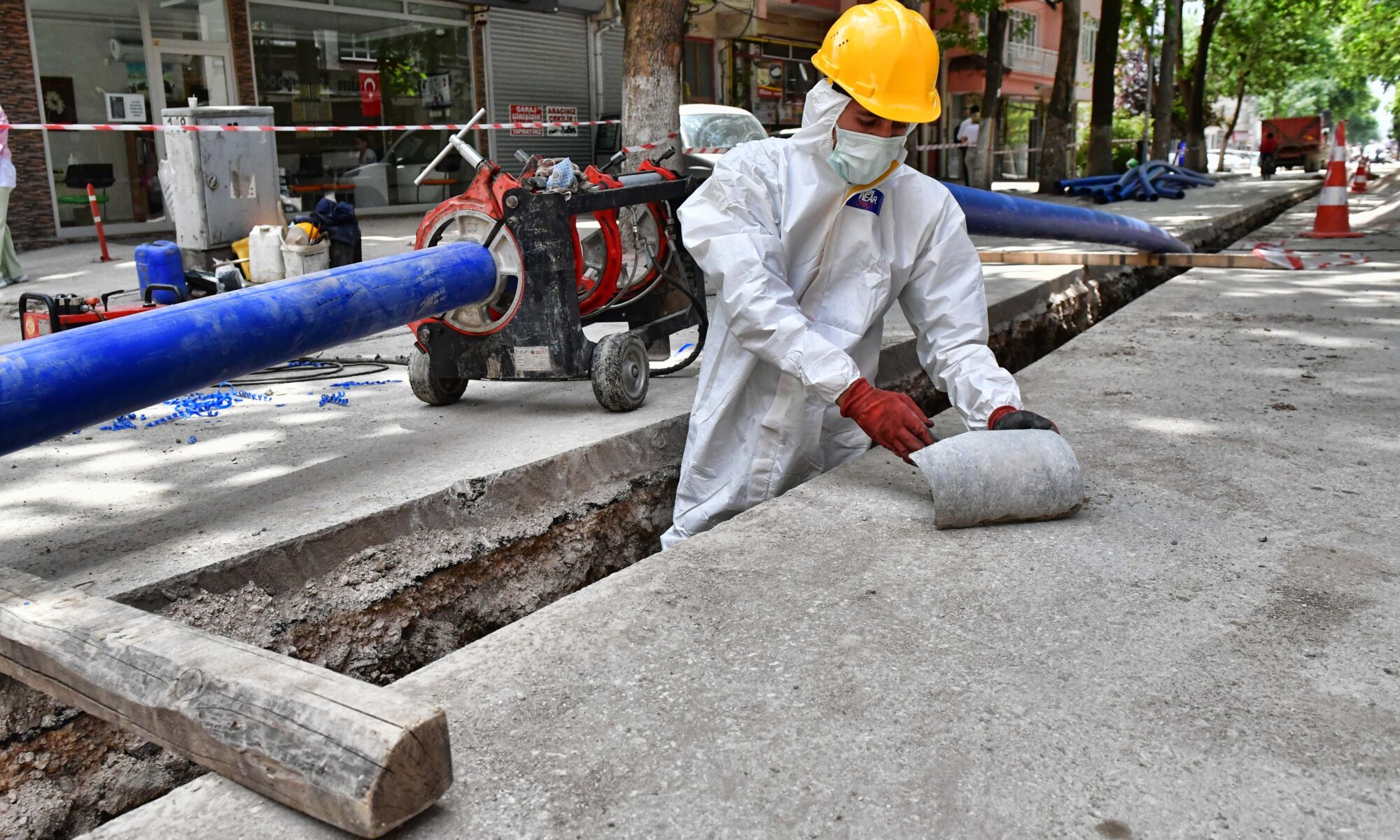Introduction
The twilight years of life should be a time of comfort, dignity, and, above all, the opportunity to enjoy the fruits of a life well-lived. As the population ages, more families are considering home care as a viable option to support their elderly loved ones. Home care services for seniors offer a way to maintain independence while receiving the necessary assistance in the familiar surroundings of one’s home. This article takes a closer look at the benefits and considerations of home care, ensuring families are well-informed when making decisions about their loved ones’ care.
Understanding Home Care Services
At its core, home care encompasses a variety of services designed to provide medical care, personal assistance, and daily living support to seniors in their own homes. This can range from professional nursing care and physical therapy to help with household chores and personal hygiene. The goal is to ensure that seniors can live safely and comfortably, even as they contend with the challenges of aging or chronic health conditions.
The Value of Aging in Place
Aging in place has become a preferred choice for many seniors, and for good reason. Staying at home allows for continuity and a sense of security within a familiar environment. It also offers a level of personal freedom that is often absent in institutional settings. Home care services play a critical role in making this possible, providing tailored support that adapts to the evolving needs of the individual.
Choosing the Right Home Care Provider
When selecting home care services for seniors , it’s important to ensure the provider is reputable, reliable, and has the appropriate credentials to offer high-quality care. Look for agencies or individuals who are licensed, bonded, and insured, and who have a track record of compassionate and professional service. It’s also vital to choose a provider who can offer a personalized care plan that aligns with the senior’s preferences and medical needs.
Financial Considerations
Understanding the costs associated with home care services is crucial. While some services may be covered by insurance or government programs like Medicare, others may require out-of-pocket payment. It’s important to explore all financial avenues, including long-term care insurance, veteran’s benefits, and community resources, to help manage the expenses of home care.
The Role of Technology in Home Care
In today’s digital age, technology plays a significant role in enhancing the quality and efficiency of home care services. Telemedicine, for instance, enables seniors to consult with healthcare professionals without leaving their homes. Additionally, health monitoring devices and emergency alert systems offer peace of mind by ensuring that help is available at the touch of a button.
Building a Supportive Home Environment
To optimize the benefits of home care, it’s essential to create a safe and supportive home environment. This may involve making modifications to the living space to prevent falls, organizing medication management systems, and installing assistive devices. A conducive home environment not only aids in the delivery of effective care but also boosts the senior’s confidence and independence.
The Impact of Personalized Care
Personalized care is at the heart of home care services for seniors. By taking into account the unique needs and preferences of each individual, caregivers can provide more meaningful and effective support. Whether it involves adjusting care schedules or incorporating specific activities that the senior enjoys, a customized approach ensures a higher quality of life.
Respite Care for Family Caregivers
Home care services also offer respite for family caregivers, who often balance the demands of their own lives with the needs of their elderly loved ones. Respite care allows family members to take a break, recharge, and attend to other responsibilities, knowing their loved one is in good hands.
The Emotional and Social Dimensions of Home Care
It’s important to recognize that home care isn’t just about meeting physical needs; it also addresses the emotional and social well-being of seniors. Caregivers often become a trusted companion, providing conversation, companionship, and a connection to the outside world. This human element of home care can combat loneliness and improve overall happiness.
The Importance of Ongoing Communication
Effective home care relies on strong communication between the senior, family members, and the care provider. Open dialogue ensures that everyone is on the same page regarding the senior’s health, care preferences, and any changes in their condition. By staying informed and involved, families can feel confident in the care their loved one is receiving.
Planning for the Future
As seniors age, their home care needs may change. It’s essential to regularly assess the level of care provided and be prepared to adjust the care plan as necessary. Planning ahead for potential health changes can prevent crises and ensure a smooth transition should the need for additional services arise.
Conclusion
Home care services for seniors present a compassionate solution for aging individuals who wish to maintain their independence while receiving necessary support. By understanding the various aspects of home care, families can make informed decisions that honor the wishes and needs of their elderly loved ones. The golden years can indeed be a time of comfort and dignity, with the right home care services paving the way for a fulfilling life at home.










